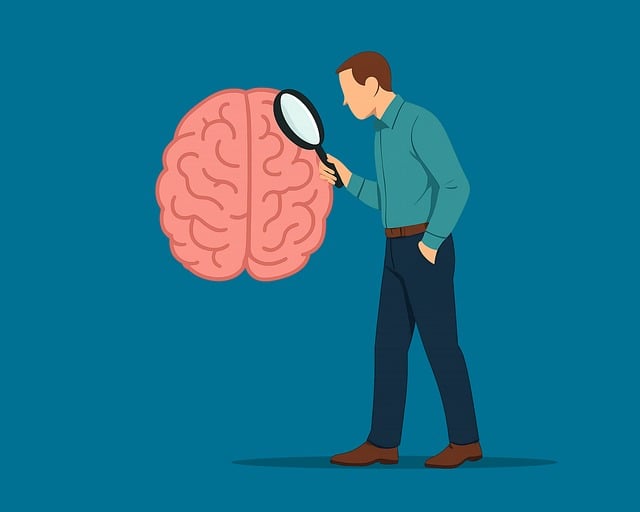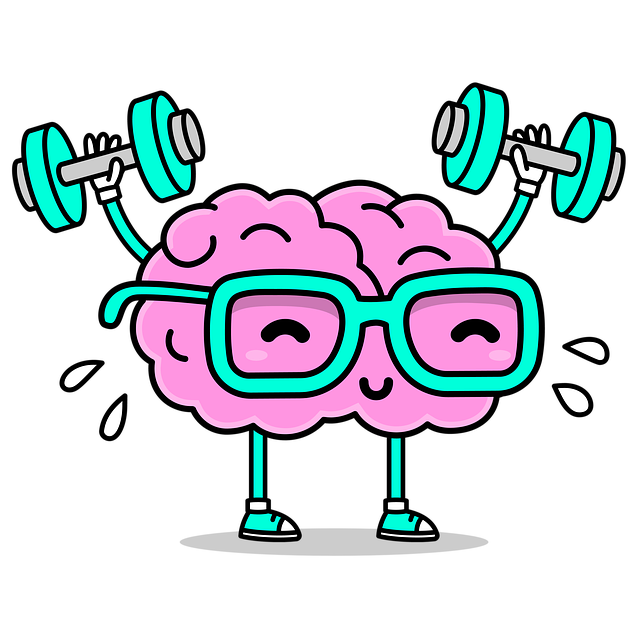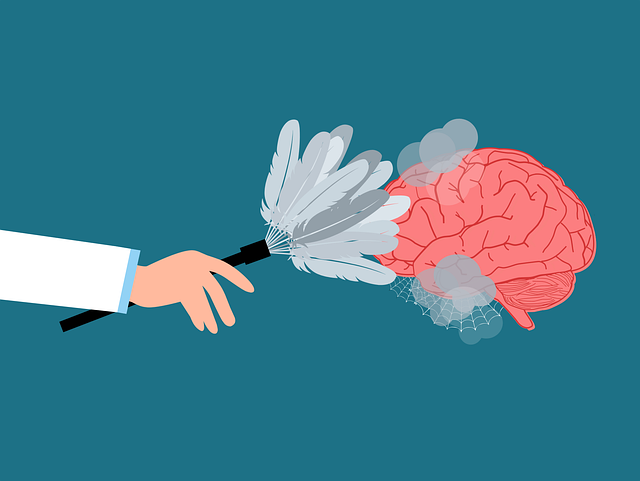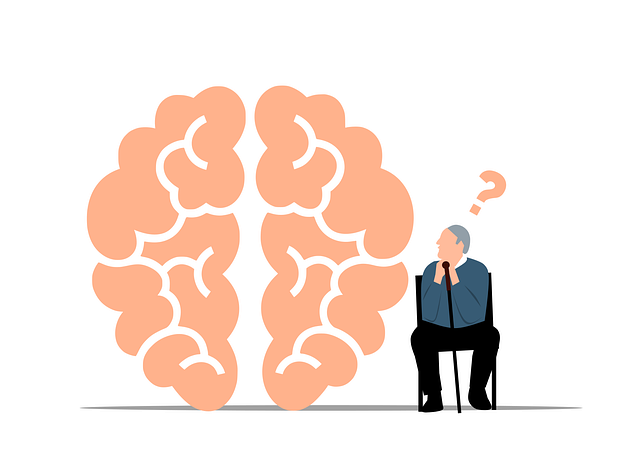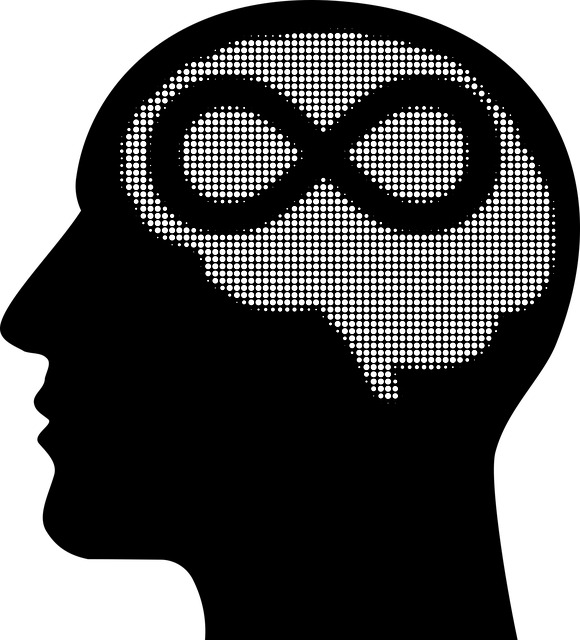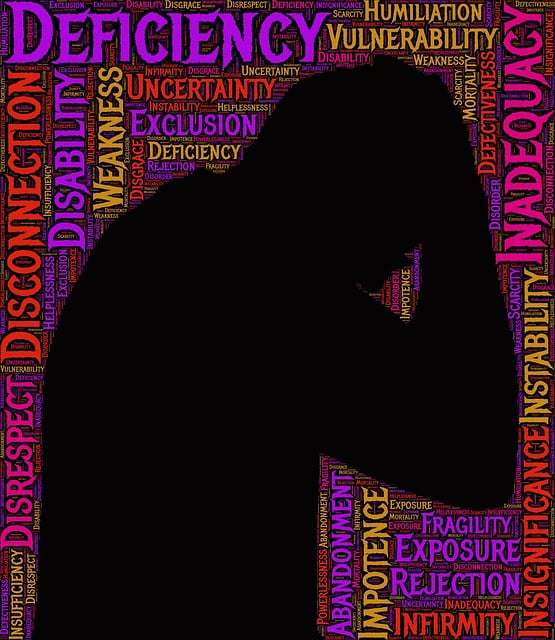Evaluating Golden Chronic Pain Therapy (GCPT) programs requires a multi-faceted approach combining quantitative metrics like pain intensity, functional ability, and quality of life assessments with qualitative feedback from participants. This holistic strategy considers both patient and healthcare provider mental wellness, aligning with broader goals of Mental Wellness Coaching Programs Development. By integrating these perspectives, GCPT can adapt to foster resilience, enhance overall well-being, and bring about lasting positive change in chronic pain management.
Mental wellness programs, such as Golden Chronic Pain Therapy, require rigorous evaluation to ensure effectiveness and measure impact. This article explores three key methods for assessing mental wellness initiatives, focusing on Golden Chronic Pain Therapy. We delve into assessing program effectiveness through metrics and measurements, understanding participant feedback as a vital perspective, and tracking long-term impacts to gauge sustained benefits. By examining these aspects, we can optimize these programs and improve outcomes for individuals managing chronic pain.
- Assessing Program Effectiveness: Metrics and Measurements for Golden Chronic Pain Therapy
- Participant Feedback: Voice and Perspective in Mental Wellness Program Evaluation
- Long-term Impact: Tracking Sustained Benefits of Chronic Pain Therapy Programs
Assessing Program Effectiveness: Metrics and Measurements for Golden Chronic Pain Therapy

Evaluating the effectiveness of Golden Chronic Pain Therapy (GCPT) programs is a multifaceted process that goes beyond simple satisfaction surveys. Metrics should include measures of pain intensity, functional ability, and quality of life before and after treatment. This could involve standardized questionnaires validated for chronic pain populations, such as visual analog scale (VAS) assessments and the Short Form Health Survey (SF-36). Additionally, qualitative feedback from participants through interviews or focus groups can provide deeper insights into their experiences and perceived benefits.
Beyond measuring direct impacts on pain management, GCPT evaluations should also assess the program’s influence on related areas like anxiety relief and burnout prevention strategies for healthcare providers involved in chronic pain care. This holistic approach ensures that the program is not only effective in treating pain but also contributes to the overall mental wellness of both patients and caregivers, aligning with the broader goals of Mental Wellness Coaching Programs Development.
Participant Feedback: Voice and Perspective in Mental Wellness Program Evaluation

In the realm of mental wellness program evaluation, participant feedback is an invaluable asset that offers a direct line to the heart of a program’s effectiveness. By incorporating the voices and perspectives of those who actively engage in therapeutic processes, such as Golden Chronic Pain Therapy, evaluators can gain profound insights into the client experience. This qualitative data provides a holistic understanding of how participants perceive their journey, revealing what works, what could be improved, and what resonates with their unique needs and cultural backgrounds, including aspects often overlooked in traditional evaluation methods. For instance, Cultural Sensitivity in Mental Healthcare Practice can play a pivotal role in how individuals from diverse communities experience and benefit from therapy.
Integrating participant feedback into the evaluation process not only enhances the program’s ability to adapt and improve but also empowers clients by making them active contributors to their mental wellness journey. This approach aligns with the broader discussion on Self-Care Practices and Burnout Prevention Strategies for Healthcare Providers, as it encourages a culture of open communication where participants feel heard, valued, and respected. By prioritizing these perspectives, mental wellness programs can evolve to better support individuals in managing chronic pain, fostering resilience, and ultimately enhancing their overall well-being.
Long-term Impact: Tracking Sustained Benefits of Chronic Pain Therapy Programs

The true measure of any mental wellness program is its ability to bring about lasting change and improve participants’ lives in the long term. When it comes to chronic pain therapy, evaluating the sustained benefits is essential to understanding the program’s impact. Many individuals struggling with chronic pain embark on a journey of Golden Chronic Pain Therapy, not just for symptom relief but also to transform their overall emotional healing processes. By employing evidence-based Emotional Well-being Promotion Techniques and harnessing the power of Mind Over Matter Principles, these programs aim to help participants regain control and enhance their quality of life.
Regular follow-up assessments are crucial to track progress and ensure that the program’s positive effects persist over time. This long-term evaluation involves measuring improvements in pain management strategies, emotional regulation skills, and overall mental wellness. By doing so, we can identify what aspects of the therapy contribute most to sustained recovery, allowing for continuous refinement and improvement of such programs.
The evaluation of mental wellness programs, particularly those focusing on chronic pain management like Golden Chronic Pain Therapy, is multifaceted. By employing a combination of metrics, participant feedback, and long-term impact assessments, we can gain valuable insights into program effectiveness. Integrating these methods ensures a comprehensive understanding of not only immediate outcomes but also the sustained benefits that such initiatives bring to individuals managing chronic pain. This approach facilitates continuous improvement and adaptation, ultimately enhancing the quality of care provided in mental wellness programs.

